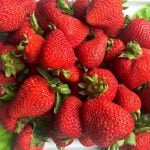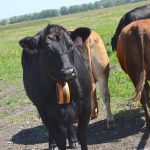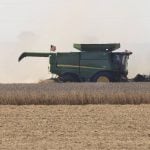Enticing new lures developed by the U.S. Department of Agriculture’s Agricultural Research Service could make fields a place of no return for pesky caterpillars.
The lures, derived from molasses and floral odours, tantalize male and female moths, which is the caterpillars’ adult stage, with the promise of nectar. Instead, the insects fly into the opening of a lure-dispensing trap, never to escape.
Research leader Peter Landolt and chemist Connie Smithhisler at the ARS’s vegetable insects centre in Wapato, Wash., developed the lures as an alternative to chemically controlling pests such as loopers, cutworms, fruitworms, armyworms and corn earworms.
Read Also

Why feds imposed EV tariffs
Moe and Kinew have a fight on their hands when it comes to eliminating the EV tariff. Canada has to worry about pissing off the U.S. and Mexico and hundreds of thousands of auto workers.
Landolt said most used lures act on the male moth’s sense of smell. They dispense a synthetic version of the female moth’s chemical sex attractant, or pheromone, which the males find irresistible.
Saturating the air with synthetic pheromone confuses the male moths, disrupting their ability to find mates. Such lures are also used to monitor the pests’ movements.
However, he said most lures offer no way of keeping tabs on the female moths.
He and Smithhisler overcame the problem by identifying, testing and synthesizing blends of volatile compounds from molasses that attract both sexes of moths.
In another unisex lure formulation, the researchers combined various floral scents, including those from Oregon grape, honeysuckle and gaura flowers. The molasses-derived lure is now commercially available for garden use as SmarTrap.
The floral-based lures are in their second year of field tests. In one trial, floral lures in a “killing station” reduced the number of alfalfa loopers by 75 percent.














